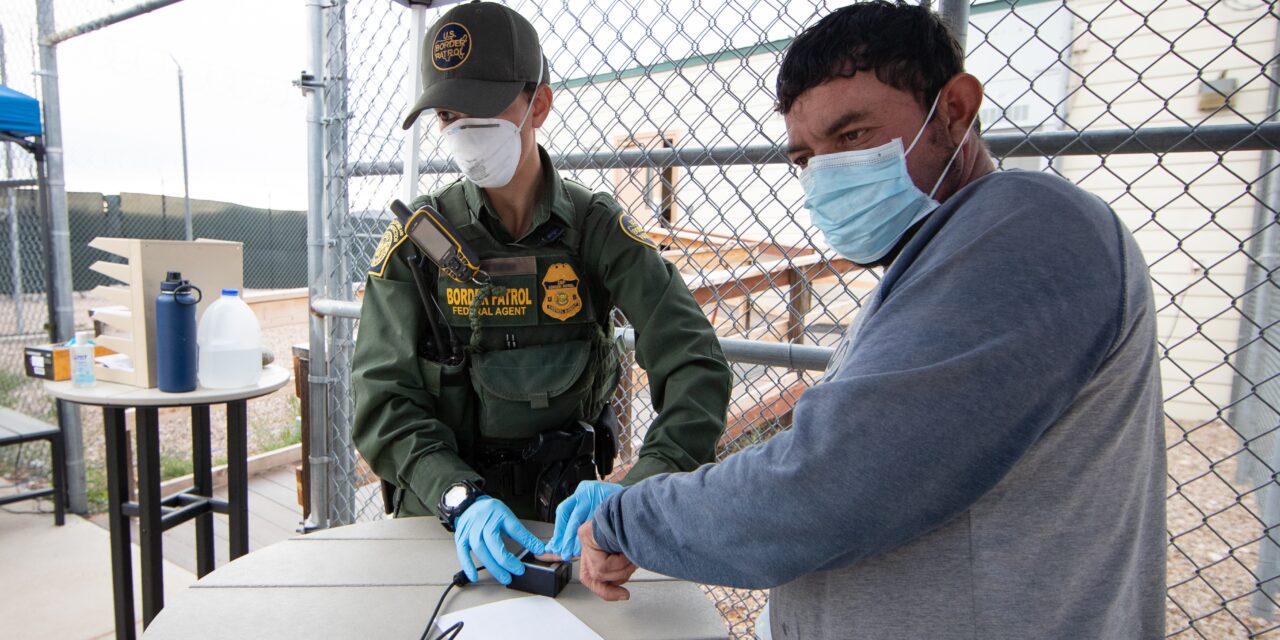The Trump administration sent over 70,000 people who came to the U.S border seeking asylum back to Mexico to wait for court hearings. This so-called “Migrant Protection Protocols” (“MPP”) program placed people in serious danger and made it nearly impossible for anyone to win protection. Court hearings under MPP were indefinitely suspended in March 2020. This left thousands of people stuck in Mexico in limbo.
One of President Biden’s first actions instructed U.S. Customs and Border Protection (CBP) not to put any new people into the program. Three weeks later, his administration has announced a plan to allow the thousands of people still waiting in Mexico to enter the United States.
Who will be allowed to enter?
Under the Biden administration’s plan, the only people who will be allowed to reenter the United States are the roughly 25,000 individuals who have pending MPP cases.
Importantly, far fewer people are likely still waiting at the U.S.-Mexico border. While exact figures are not available, it is likely that many have already returned to their home countries or left for safer locations in Mexico.
Those who have been waiting the longest will be prioritized for readmission. Some people have been waiting almost two years in Mexico under MPP. There may also be a separate process where individuals in imminent danger or who are particularly vulnerable can enter ahead of schedule.
People who were previously ordered deported under MPP or who had their cases terminated by an immigration judge are not eligible to be readmitted. While advocates have long argued that anyone in that situation should be given a second chance to seek protection, the Biden administration has not offered a plan for them yet.
However, the administration has said these individuals should “await further instruction,” suggesting there may be a future plan to give them a second chance.
When and where will people be allowed to enter?
“Phase One” of the readmission process will begin on February 19. At some point before then, DHS will create a “virtual registration process” where individuals who have pending MPP cases will be able find out when and where they will be allowed to reenter online or by telephone.
However, that doesn’t mean that admissions will begin on February 19. The Biden administration has asked that individuals subject to MPP not make plans to travel to the border until further details are released. The administration has also not announced where people will be processed out of Mexico.
How will people be allowed back in?
CBP will allow roughly 300 people a day to reenter the United States at each location according to public details of the plan. Before being allowed to enter, individuals will be given a rapid COVID test. They will not be admitted until they test negative.
Once individuals have entered the United States, they will be placed into an “alternative to detention” program and released to a local border shelter. That shelter will then be able to organize transportation to a final destination.
What happens next?
The administration has not clarified what exactly will happen to the immigration cases of those readmitted to the United States. Many immigration courts remain closed because of the pandemic, so there may be long waits until people see a judge again.
Once people are safely taken out of Mexico, it will be far easier for people to obtain a lawyer who can help them navigate the process of applying for asylum.
The president has made clear that he will not allow any other asylum seekers into the country yet, despite growing numbers of people seeking protection at the border. Thousands of asylum seekers are still being turned away every month, with the administration repeatedly telling those with plans to come to the United States to stay where they are for now.
Taking people out of Mexico is an important first step toward restoring humanitarian protection at the border. But it’s only a first step. In order to live up to our obligations under the law, the administration should use any infrastructure created as part of this process to restart asylum processing across the border.
FILED UNDER: Biden Administration, U.S.-Mexico Border


